10 Things to Do Now to Prepare Your Garden for Next Spring
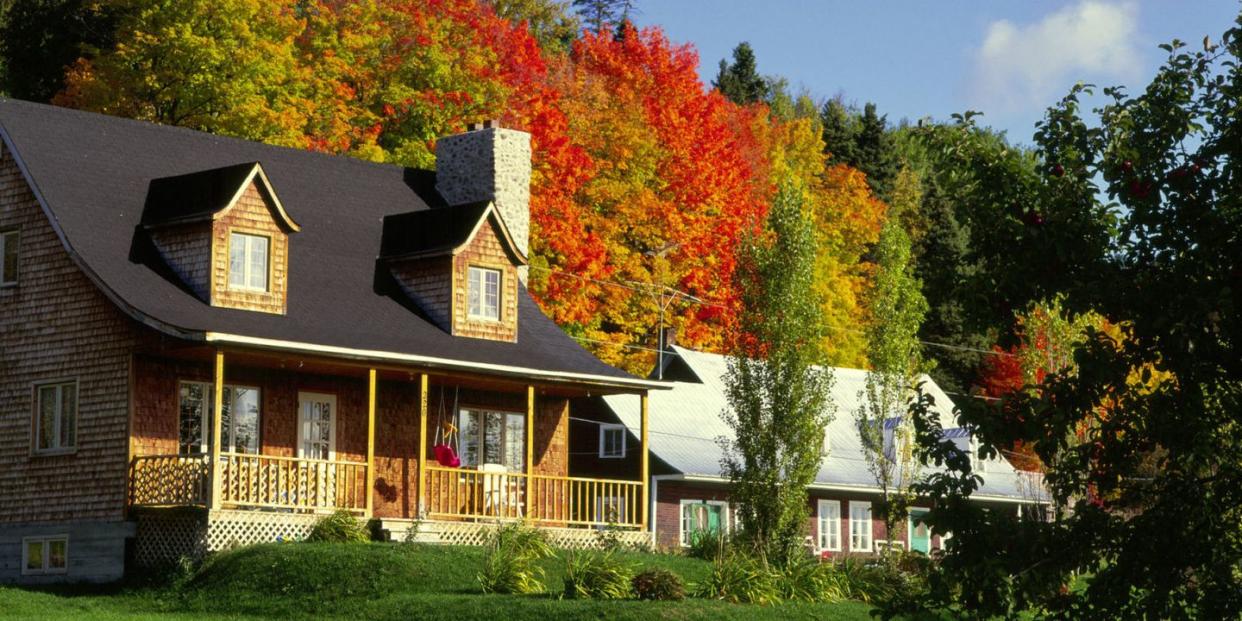
There's more to autumn gardening than just raking leaves. In fact, many outdoor chores should be completed now, in the weeks before winter officially begins, so you'll be ready for planting when the weather warms next spring. Here's what you can do before it's too chilly to work outdoors or until snow covers the ground in colder climates.
Clean up your vegetable garden.
"Clear out summer crop debris in your vegetable garden," says Colin McCrate, founder of Seattle Urban Farm Company and producer of the gardening podcast Encyclopedia Botanica. "By the end of the season, most edibles are full of disease spores that can overwinter. Remove plants completely because it's better for the long-term health of your garden."
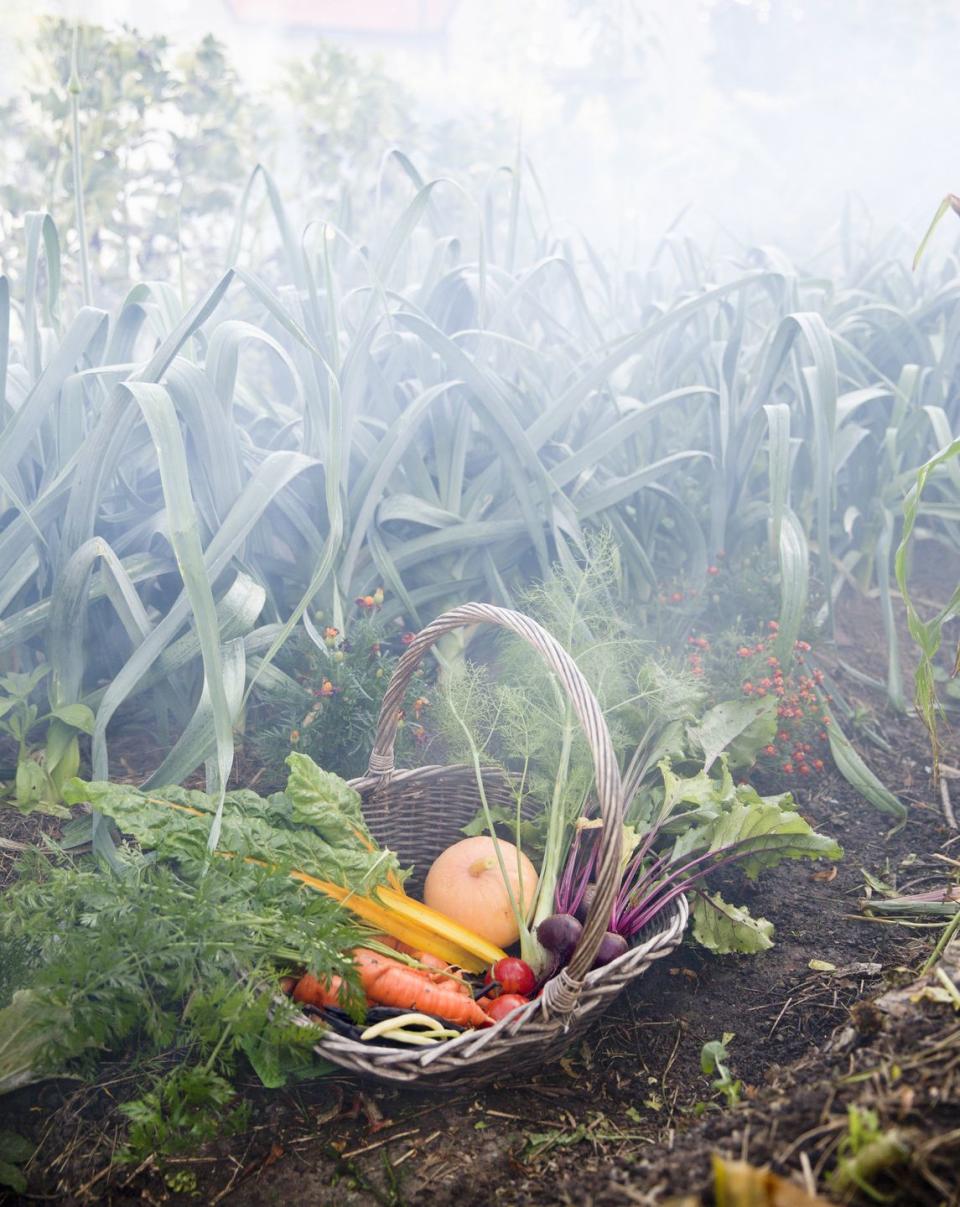
But don't over-clean.
"Some plants should be left intact over the winter to protect the crown and buds from cold and to prevent excessive winter dieback," says Stacey Hirvela, horticulturalist with Spring Meadow Nursery in Grand Haven, Michigan. It's fine to remove dead annuals or leaves from perennials such as hostas and daylilies if you can pull them off gently by hand. But plants such as Russian sage, hydrangeas, butterfly bush, or any woody shrub that requires pruners to remove stems should be left alone until spring.
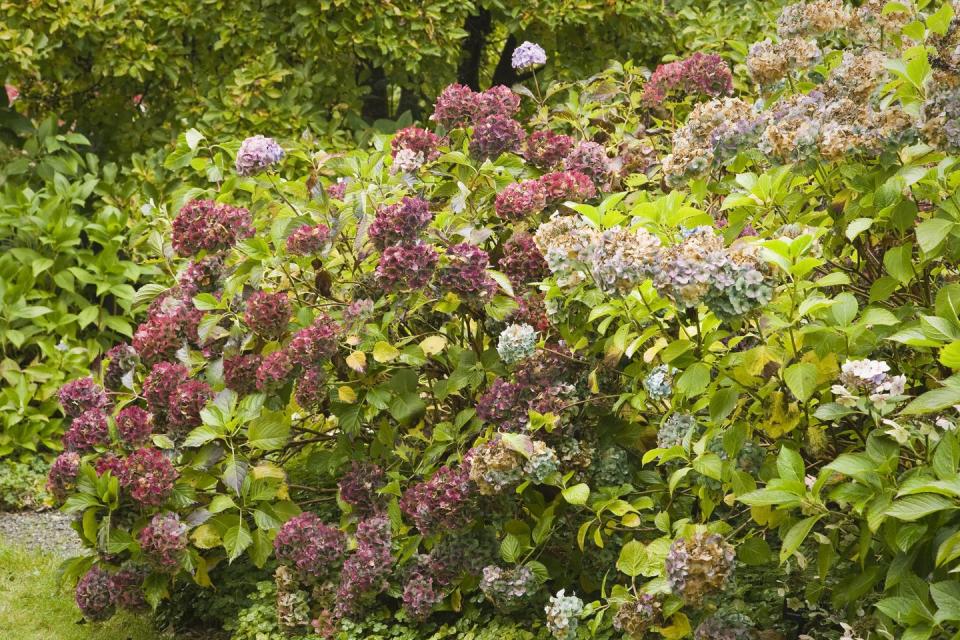
Put down a layer of mulch.
Put down a 2-3 inch deep layer of organic mulch such as shredded bark, pine straw or chopped leaves on your beds. "Mulch protects the organic matter in the soil, which can be eroded by winter winds," says Hirvela. "It also insulates roots and helps prevent plants from heaving out of the ground due to temperature fluctuations." Over time, mulch also breaks down and improves your soil.
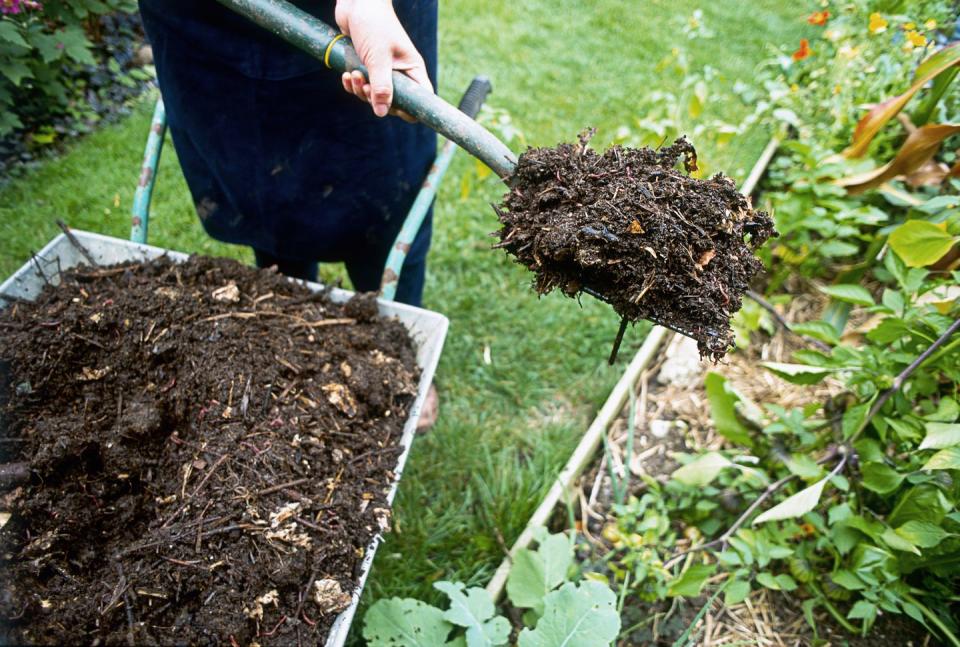
Do a soil test.
If your garden didn't perform well this year, now is a good time to do a soil sample. You can find cheap kits in nurseries or send off a sample to your local cooperative extension service, which provides free or inexpensive testing. Results will indicate exactly what your soil lacks as well as what you need to add in what quantities. "At the very least, you'll be aware of what you'll need to do next spring," says McCrate.

Feed your vegetable garden.
After cleanup, add a 2-inch layer of compost right on top of the garden, suggest McCrate. "It covers the bed with nutrients that leach down into the soil and provides a tidy seedbed for planting next spring," says McCrate. "There's no need to till it in. It's a low-energy, efficient use of labor." It's fine to do this task right up until the snow flies.
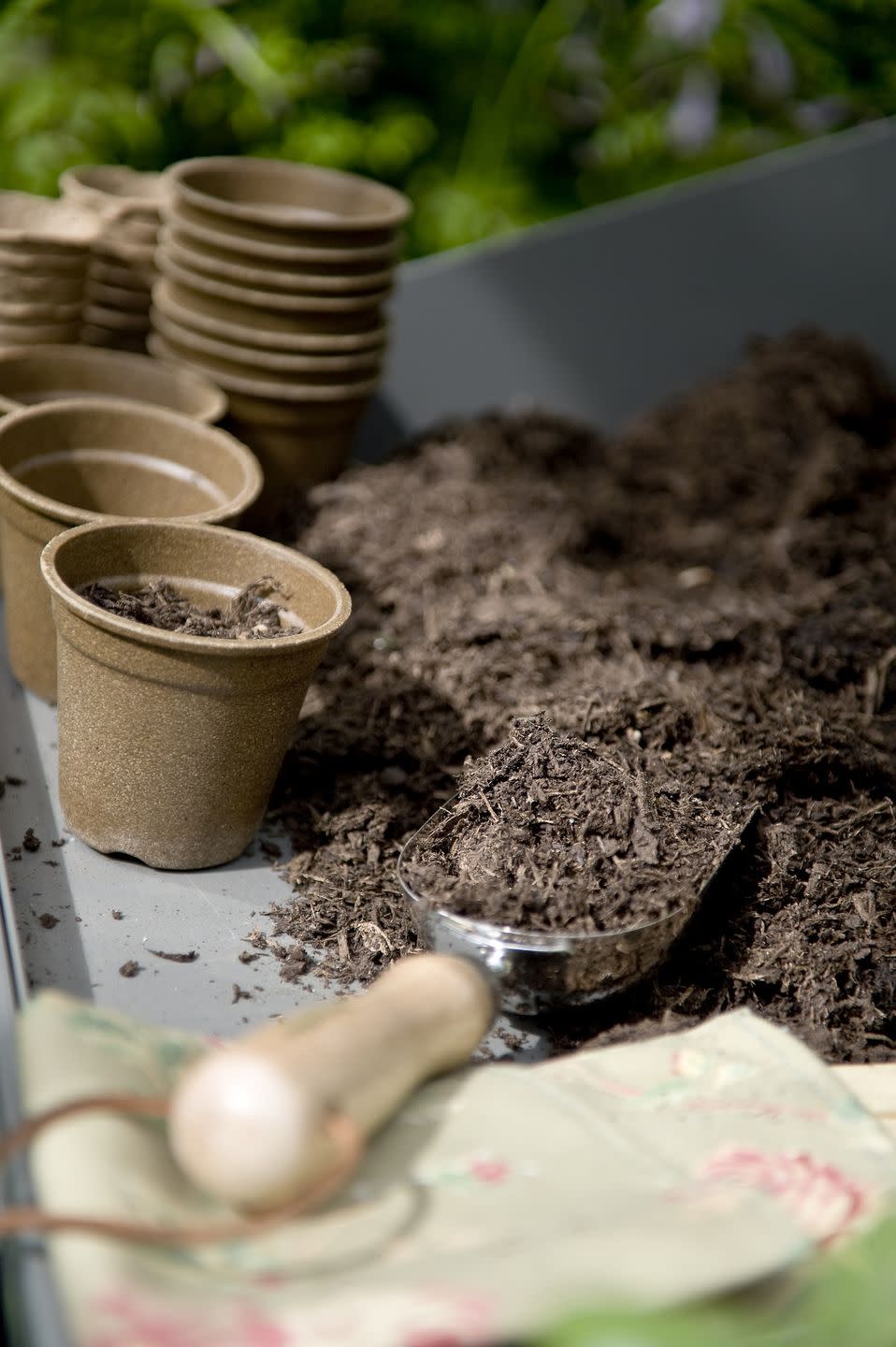
Plant bulbs.
If you bought bulbs but haven't gotten around to planting them yet, it's not too late to get them in the ground. "You can plant bulbs all the way into December, as long as the ground isn't frozen," says Hirvela. Bonus: Garden centers have bulbs on clearance now, so grab a few good deals and dig some holes.
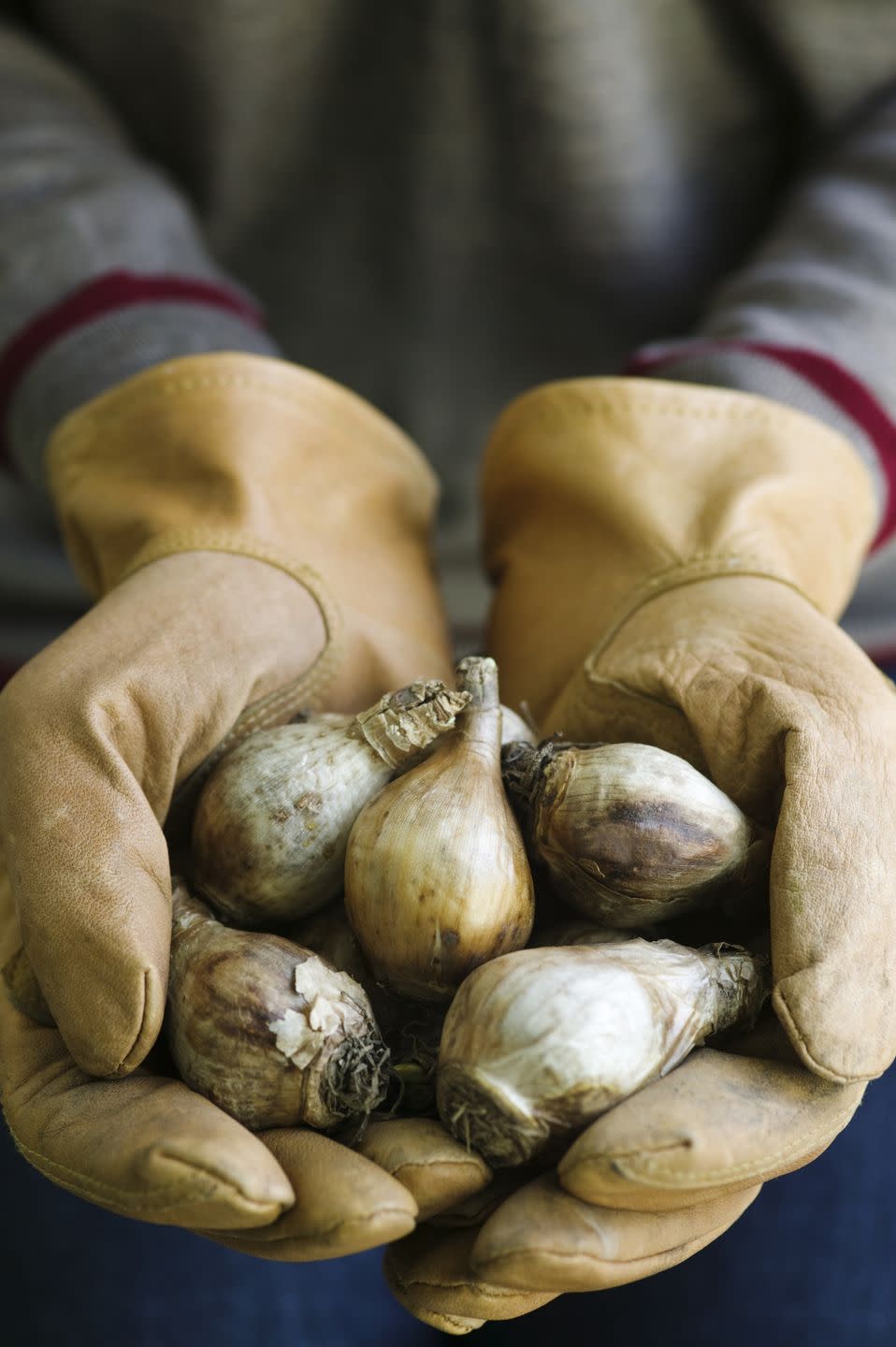
Put away your pots.
Winter's freeze/thaw cycle can crack ceramic and clay pots if left outdoors. Dump the soil, which is spent and not reusable for next year, and store pots in the shed, garage or basement. Stack rows of pots using 2x4s as dividers if you're short on storage space.
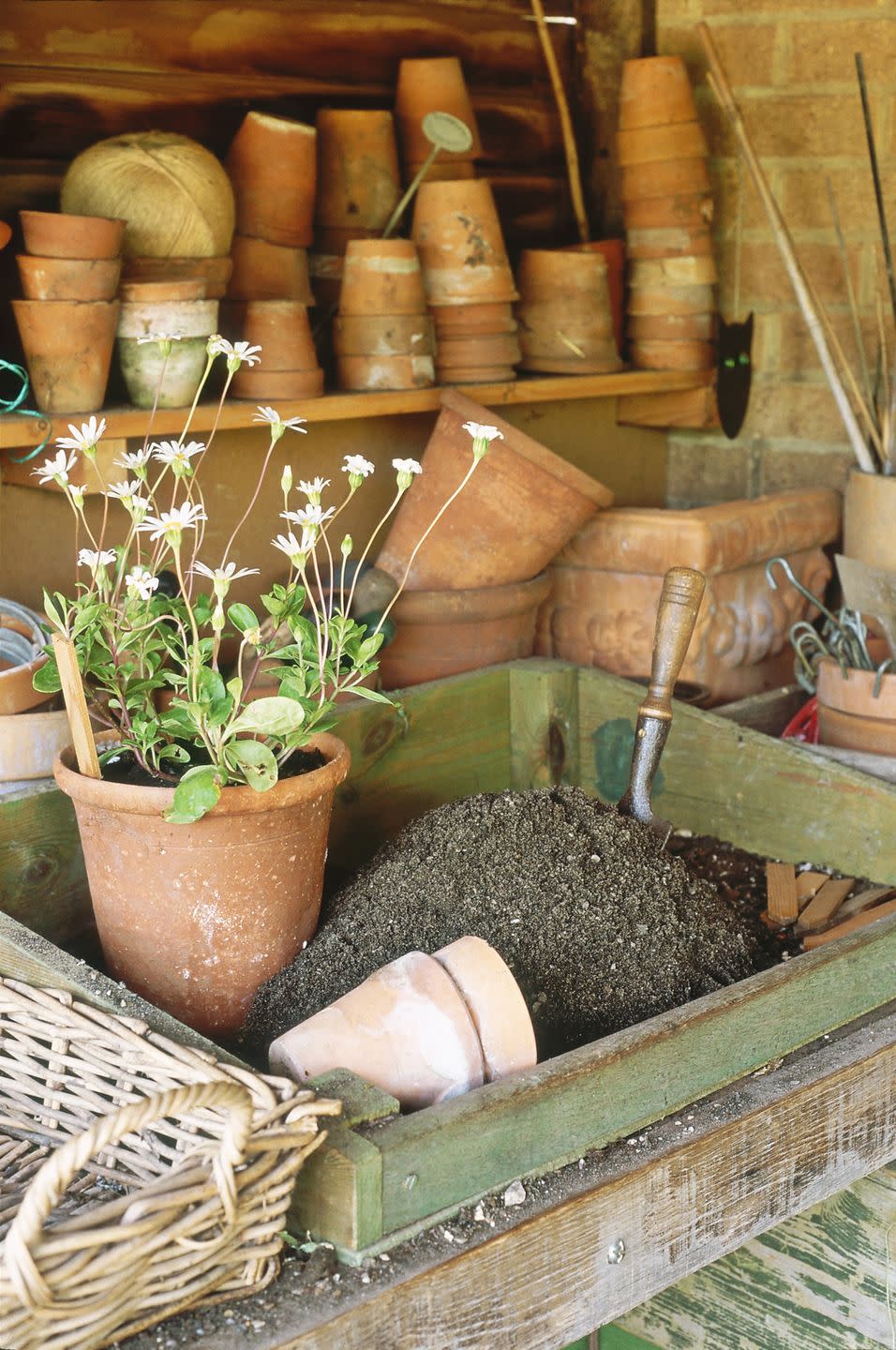
Clean your tools.
Use a wire brush to knock off soil, then apply a light coat of oil such as canola to prevent rusting, suggests Hirvela. Sand wooden tool handles to remove splinters. Spray a coat of a disinfectant such as Lysol on the cutting surfaces of pruners or clippers to preclude spreading diseases from one plant to another next year.
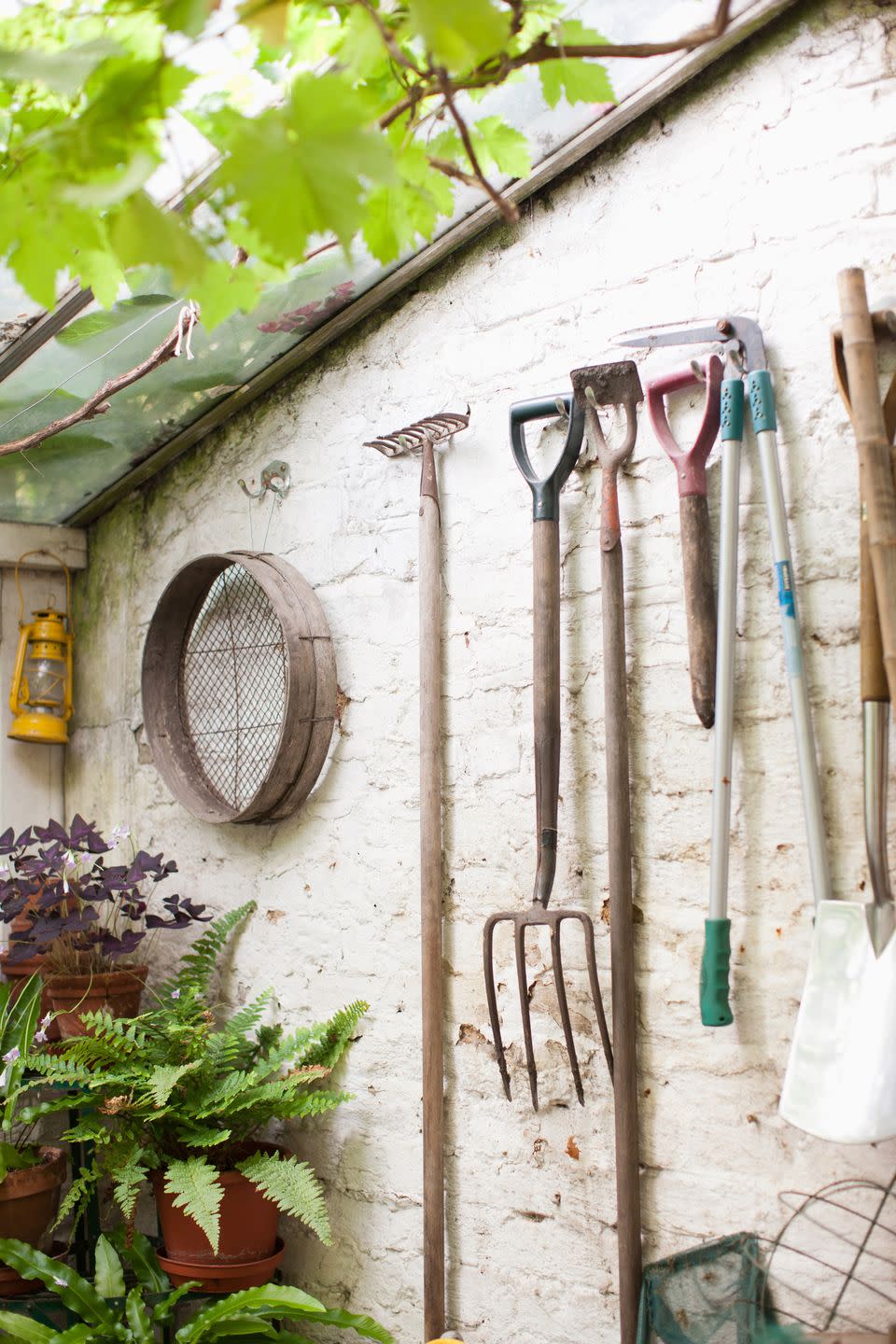
Turn off water to outside spigots.
Outdoor faucets can freeze if you don't shut off the water supply to them, leading to leaks when you use them next spring. Look for the water shutoff valve, located inside your basement or crawlspace near the spigot. Then open the faucet until any remaining water drips out.
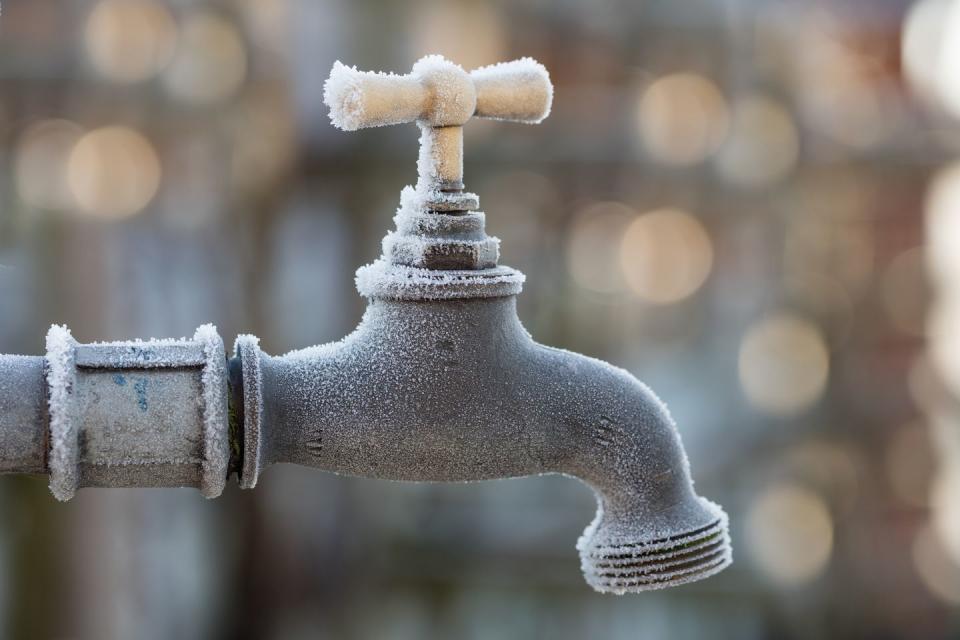
Update (or start) a garden journal.
If it was good enough for Thomas Jefferson, who kept intricate notes of his gardens at Monticello, it's good enough for you. It's also fun to note your garden's evolution from year to year. Jot down your successes and failures this season, while you still recall the details, and save plant tags when possible. "It's helpful for remembering what varieties you liked or didn't like when you're planning next year's garden and ordering
seeds," says McCrate.

You Might Also Like

